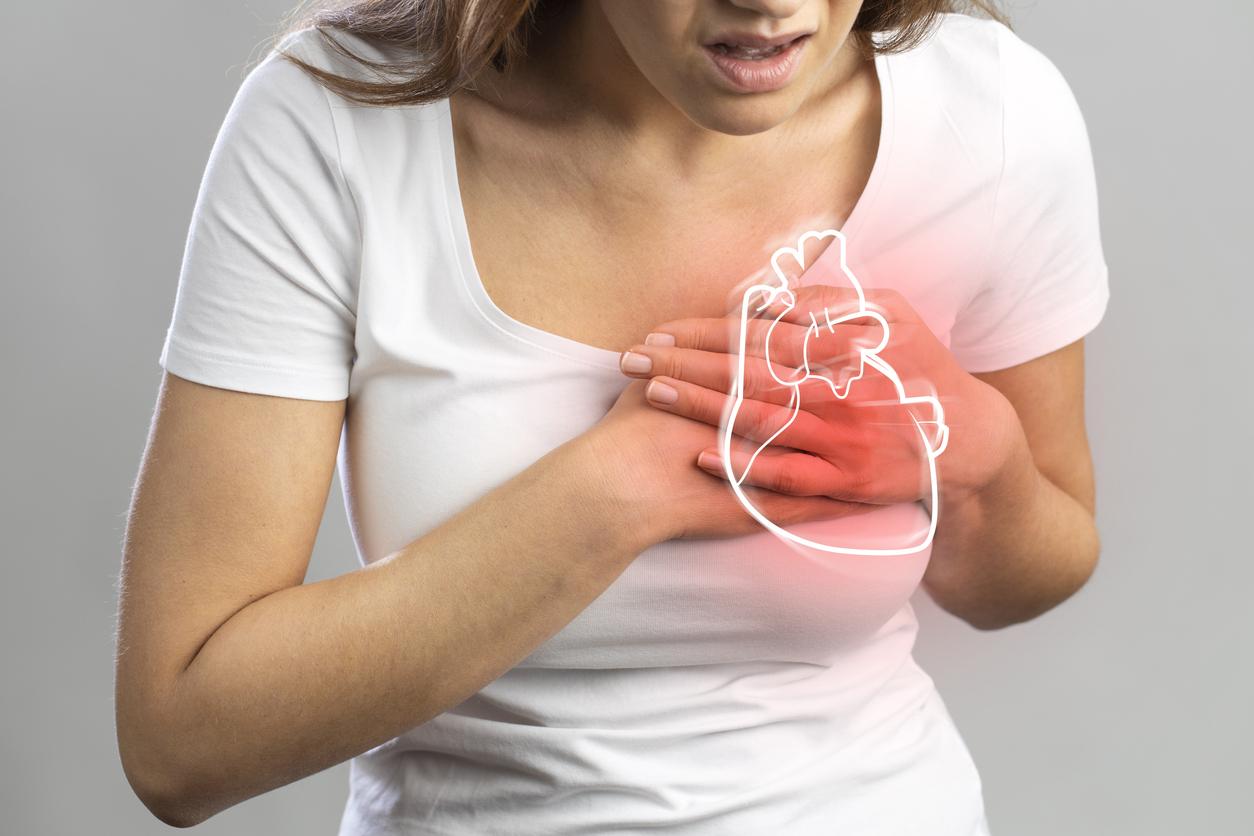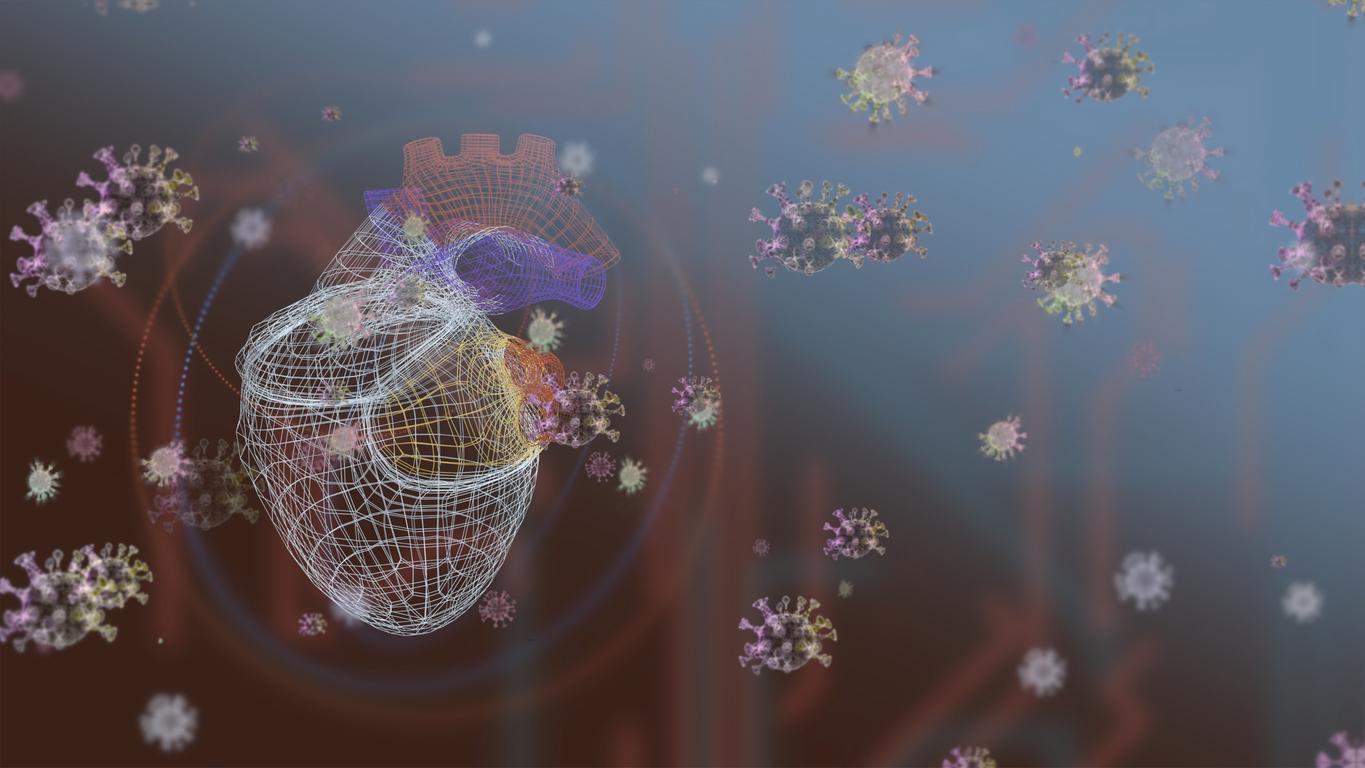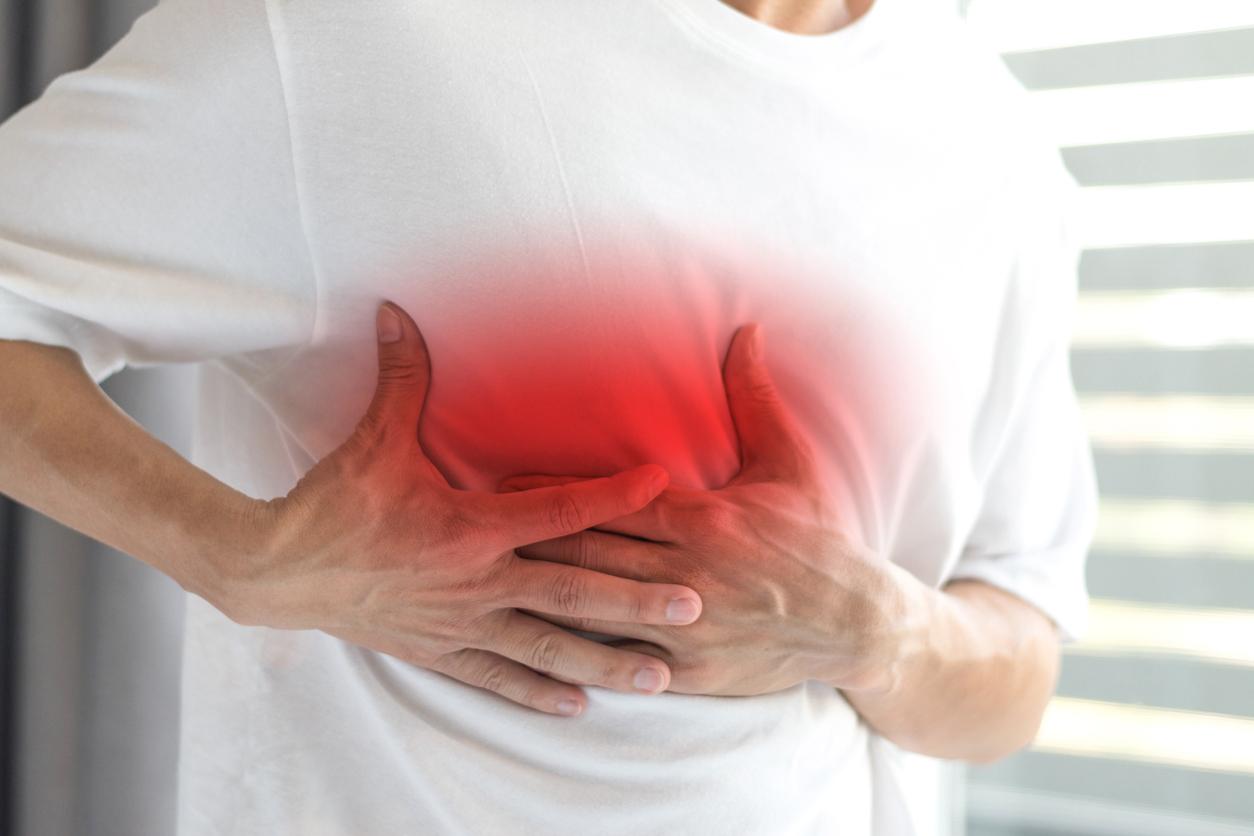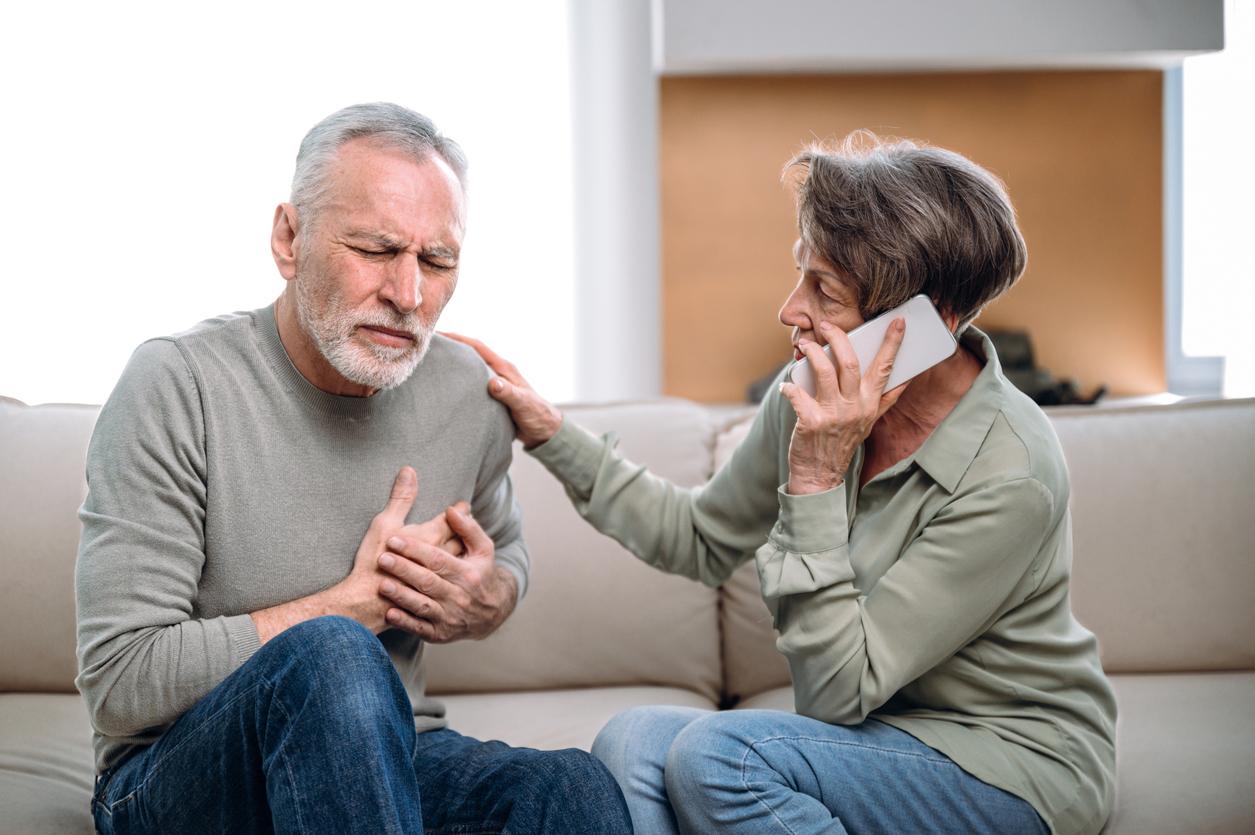Differentiating between cardiac chest pain – a sign of myocardial infarction or pulmonary embolism – and non-cardiac chest pain is sometimes difficult.
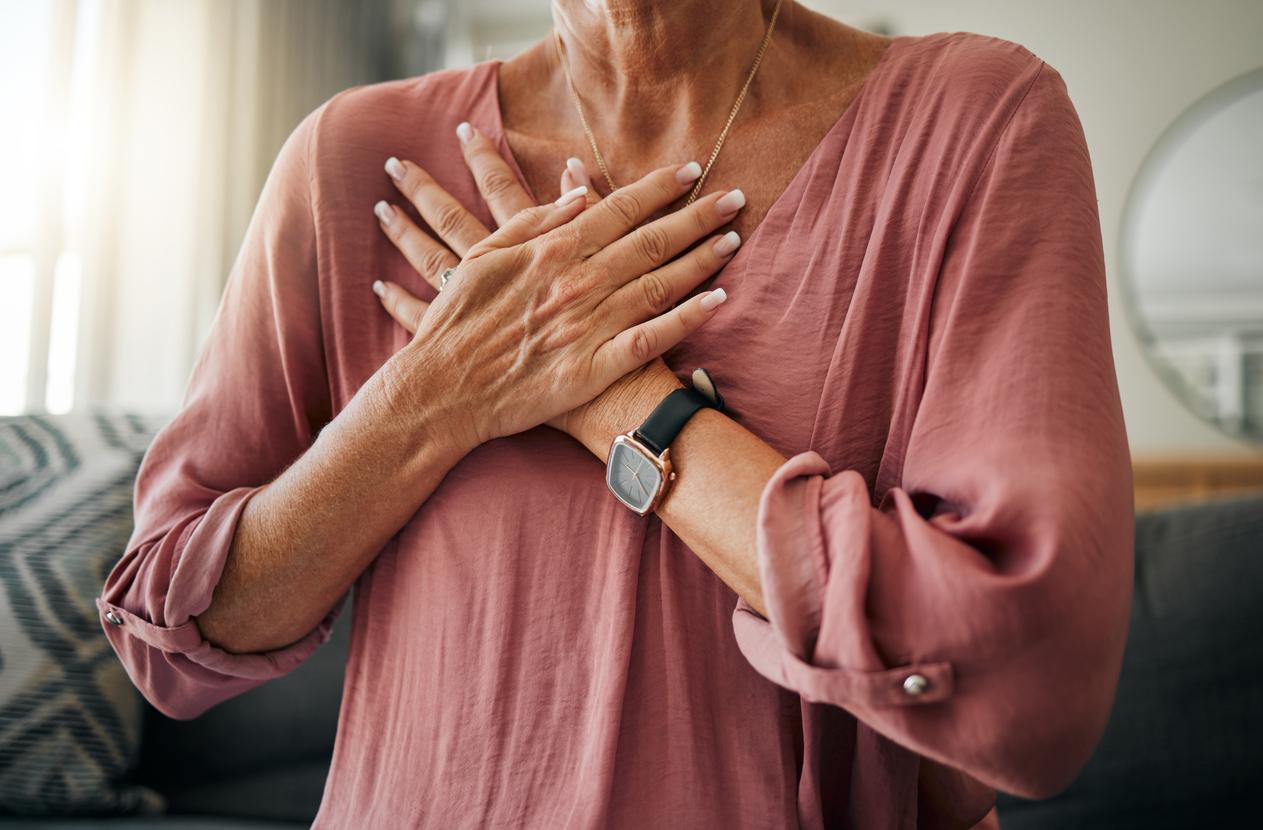
- Chest pain can be a sign of a myocardial infarction.
- But there are also other causes of chest pain that are not cardiac.
- If in doubt about chest pain, and especially for people at risk from the heart, it is best to consult a doctor.
Every year, around 12,000 people die from myocardial infarction. also called heart attack – in France, according to health insurance. In all, annually, 80,000 individuals are affected by this event. Chest pain is the most characteristic symptom of myocardial infarction. It appears at rest or during an effort.
The different causes of chest pain
Chest pain from a heart attack is usually intense, constricts the chest, hard, and can spread to other areas of the body like the left arm, back, or jaw. Some people also experience sweating, nausea, shortness of breath, etc. But chest pain is not always cardiac. How to recognize them? Dr. Nicole Bhave, cardiologist, takes stock in an article published by Medical X-press.
Non-cardiac chest pain has three main causes according to the cardiologist. First of all, the gastroesophageal reflux, or GERD, which is the backing up of some of the stomach contents into the esophagus. This causes heartburn but can also have pulmonary and ENT manifestations such as coughing, hoarseness of the voice or even anterior chest pain.
On the other hand, non-cardiac chest pain can also come from muscle strains and joint problems in the chest wall. This can be the case after an intense sports session, when carrying a heavy load or when a person has back problems. These are called intercostal or parietal pain.
Finally, emotional stress or anxiety can also be the cause of chest pain. As pointed out health insurancethese are chest pains of psychological origin which are frequent during acute anxiety attacks or for people in a depressive state.
Always consult in case of doubt about chest pain
To differentiate all these chest pains and, above all, to know if they are due to a heart problem, the doctor assures us that the best thing is to consult. “It can be pretty hard to tell apart, and we can’t be sure until we do a test, like an electrocardiogram or blood test.”
Patients most at risk, i.e. those with risk factors for heart disease, such as high blood pressure, diabetes, kidney disease or simply over the age of 60, should always consult in case of doubt. And for the others, it must be done according to the severity of the symptoms “If the pain is so bad that you feel like you can’t move, or if you have central or left chest pain, especially if you have nausea or cold sweats, it’s always safer to go to emergencies, insists Dr. Nicole Bhave. With chest pain, it is better to be careful.”
Among cardiac chest pains, there is myocardial infarction but also pericarditis (inflammation of the envelope of the heart) or pulmonary embolism. This last “can cause shortness of breath, high heart rate, and chest pain that gets worse with deep breathing, develops the cardiologist. If you have chest pain with these kinds of characteristics, you need to go to the emergency room.”
Each year, according to Vidalit is estimated that between 65 and 130,000 people have a pulmonary embolism in France.









